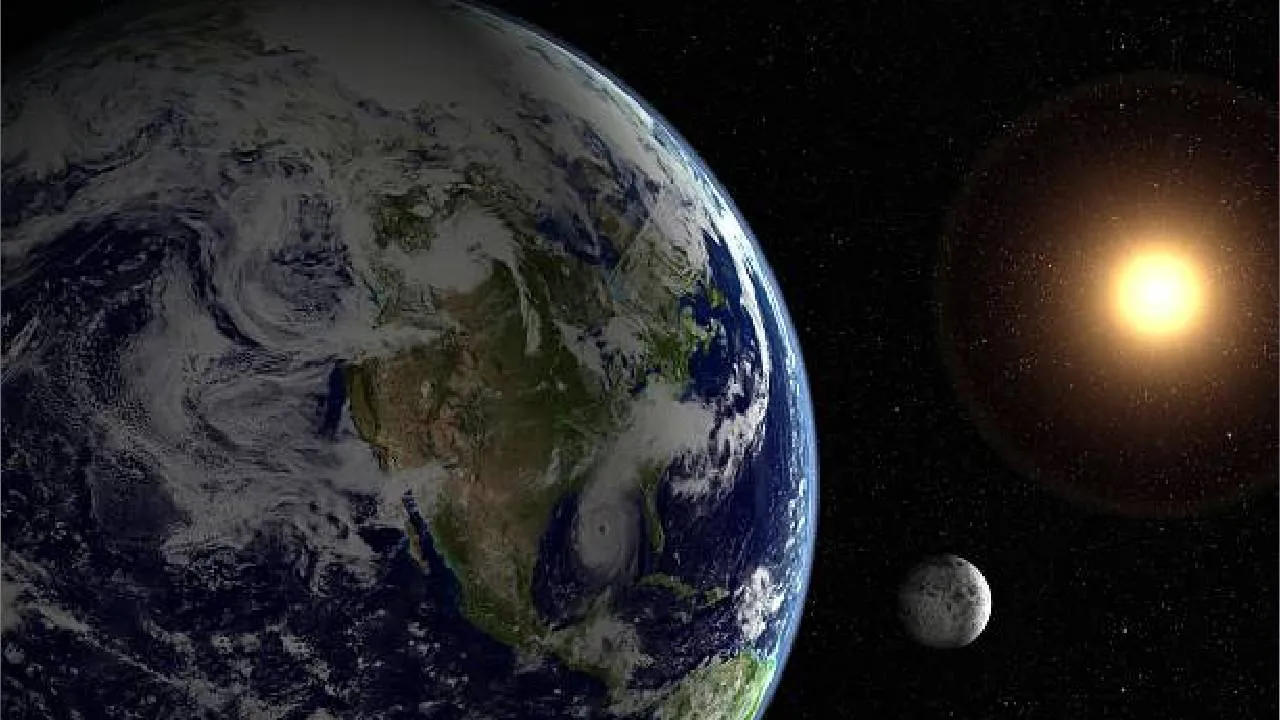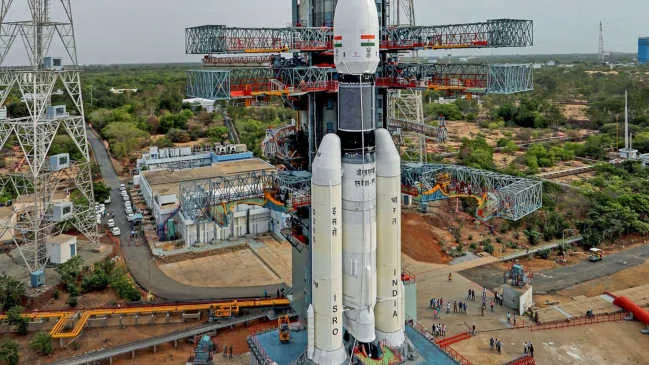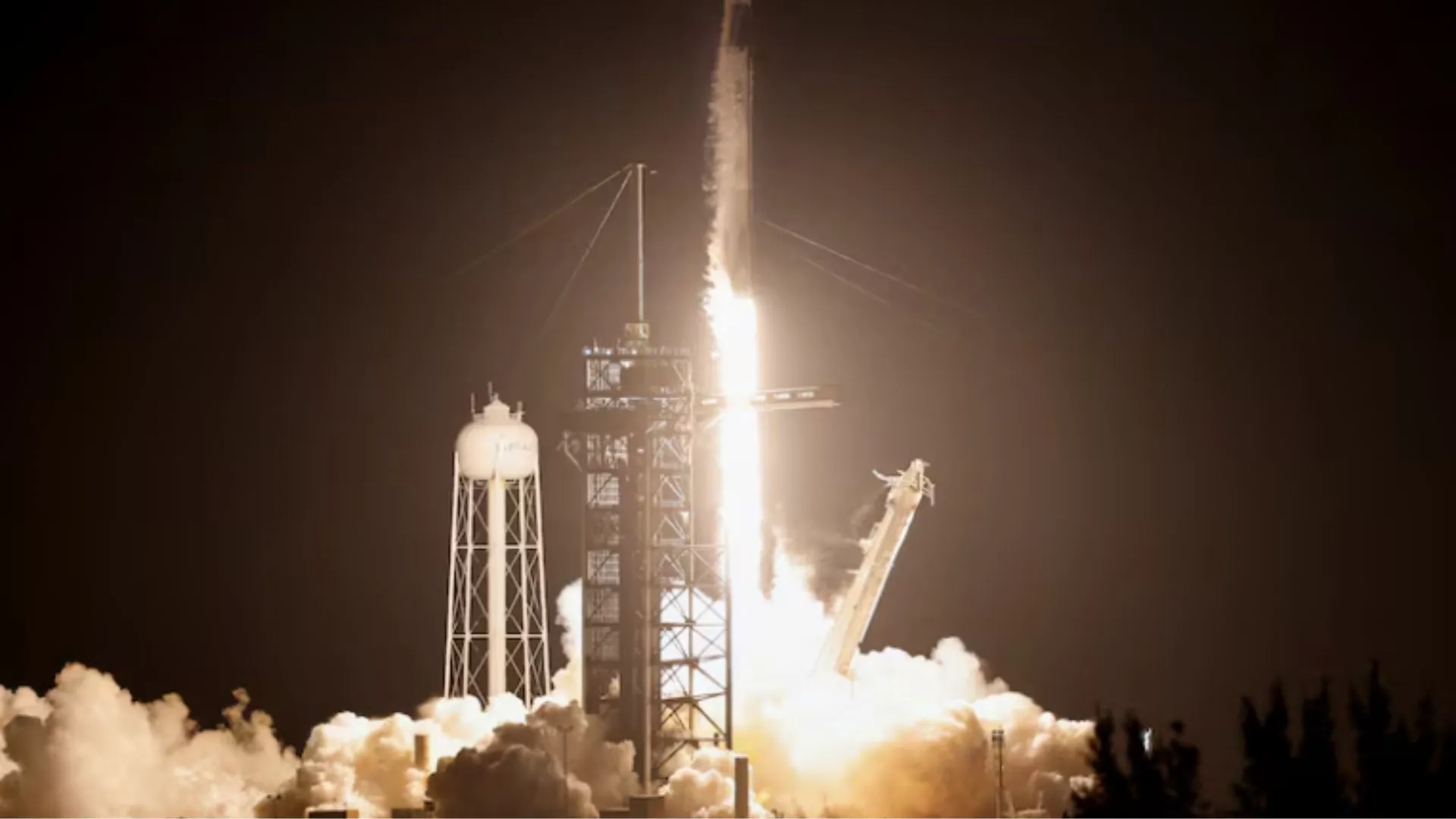January 8 marks Earth Rotation Day, a day dedicated to appreciating the Earth’s rotation on its axis. This fundamental movement shapes the length of a day, influences timekeeping, and plays a vital role in environmental processes such as weather patterns and ocean currents. However, recent findings from NASA have highlighted that large-scale human activities, including China’s Three Gorges Dam, are subtly affecting the Earth’s rotation in ways that we might not have expected.
Earth Rotation Day: A Time for Reflection
Earth Rotation Day provides an opportunity to reflect on the forces that drive the planet’s motion and the impact of scientific discoveries in our understanding of Earth’s dynamic processes. As humans develop technologies and infrastructure, it is crucial to recognize how our actions can influence the natural world. The small change caused by the Three Gorges Dam serves as a reminder that even colossal human projects can affect the processes that sustain life on Earth.
Understanding Earth’s Rotation
The Earth rotates on its axis, an imaginary line running from the North Pole to the South Pole. This rotation takes about 24 hours, creating the day-night cycle that governs the rhythm of life on Earth. It also affects other processes such as weather, ocean currents, and the planet’s magnetic field. The idea of the Earth rotating on its axis dates back to ancient times but gained scientific validation during the Renaissance. Polish astronomer Nicolaus Copernicus first proposed the heliocentric theory, which suggested that Earth rotates on its axis and orbits the Sun. This theory was later confirmed by Galileo Galilei’s observations of Jupiter’s moons in 1610. In 1851, French physicist Léon Foucault performed an experiment that demonstrated Earth’s rotation by observing the movement of a pendulum in Paris.
How Human Activities Are Impacting Earth’s Rotation
Although Earth’s rotation has been a constant for millennia, human activities are now making subtle changes. A prime example is China’s Three Gorges Dam, which holds the largest hydropower reservoir in the world. According to NASA, the dam has caused a slight change in Earth’s rotation, slowing it down by approximately 0.06 microseconds. The dam’s massive reservoir alters the planet’s mass distribution, which in turn affects Earth’s moment of inertia, a term used to describe how mass is spread relative to the axis of rotation. As the water accumulates in the dam, it shifts the mass near the surface of the Earth, resulting in a minor change in the speed of the planet’s spin.
Why the Change Matters
While the change in Earth’s rotation may seem incredibly small, it provides significant insights into how large-scale human projects can affect natural systems. Even minute shifts in Earth’s rotation can have measurable effects on the planet’s behavior over time. NASA’s Benjamin Fong Chao explains that these small changes allow scientists to better understand the relationship between human-made structures and Earth’s natural processes. This phenomenon highlights the delicate balance between human activities and the forces that govern life on Earth.























